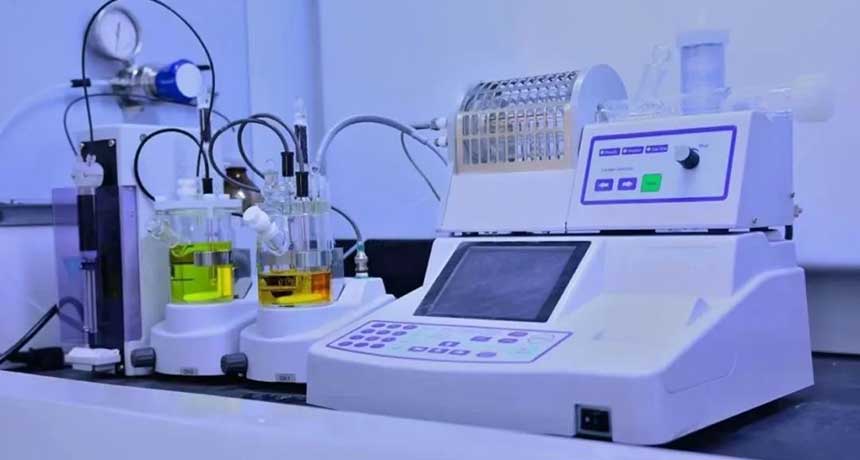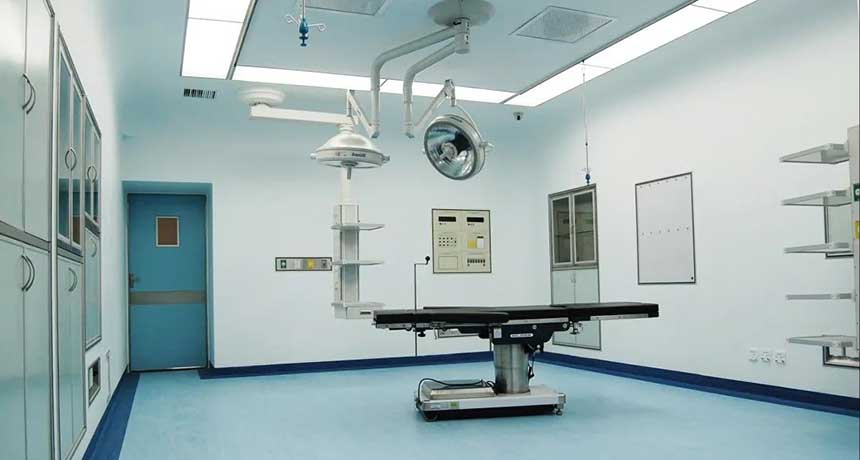Medical
ultrasound machines are indispensable and important equipment in medical imaging, and their selection is of vital significance to medical institutions and clinicians. However, choosing the right medical ultrasound machine among the many makes and models can present many challenges. This article will analyze how to choose a medical ultrasound machine in terms of performance, application, price, etc. to help you make better decisions.
First of all, we need to understand what is the purpose of color Doppler ultrasound machine?
1. Technical requirements and purposes of medical color ultrasound machine
The purchased color ultrasound machine should be able to supplement and improve the work already carried out. First of all, it is necessary to meet the current work needs and the upcoming work needs. The advanced software technology related to the new color ultrasound machine should be fully taken into consideration, and the purchased color ultrasound machine model should meet the highest, most complete and latest configuration requirements.
2. Performance and quality of medical color ultrasound machine
Performance quality mainly refers to the safe and stable use of the color Doppler ultrasound machine. If the image of any product is unstable, sometimes the image flashes, sometimes a black screen appears, sometimes "crash" or malfunctions, function key operations often fail, and maintenance is not timely and in place, etc., it will bring great losses and troubles to the work. Therefore, stable performance quality is the second most important factor in choosing a color ultrasound machine.
3. Functional quality of color ultrasound machine
Image quality, performance quality, and functional quality are the three major elements in parallel, which are the necessary guarantees for completing various diagnostic tasks. It is necessary to use a forward-looking perspective to select mature models. If economic conditions are not sufficient, functional software and accessories that are suitable for work needs and development needs can be selected according to clinical needs to reduce expenditures as much as possible and avoid idle waste of resources.
1. Performance considerations
Imaging quality: Imaging quality is one of the key indicators for evaluating the performance of ultrasonic machines. An excellent ultrasound machine should have high-definition, high-resolution imaging capabilities that can clearly display the fine structures of organs and tissues, providing doctors with accurate diagnostic information.
Real-time: Real-time imaging capability is one of the important features of ultrasound machines, which is especially suitable for observing and monitoring dynamic changes in patients' conditions. Therefore, choosing an ultrasound machine with fast imaging capabilities can provide doctors with more accurate and timely diagnostic results.
Multi-mode function: A high-quality ultrasound machine should have multiple mode functions, such as B-ultrasound, color Doppler blood flow imaging, tissue elastography, etc., to meet different clinical diagnosis needs and provide more comprehensive and accurate imaging information.
Depth adaptability: Ultrasound machines should have the imaging ability to adapt to different depths, be able to meet the inspection needs of lesions in different parts and sizes, and improve the comprehensiveness and accuracy of diagnosis.
2. Application scenarios
Clinical Features: Select the appropriate ultrasound machine based on the clinical features and needs of the medical institution. For example, cardiac ultrasound is suitable for cardiology departments, hepatobiliary ultrasound is suitable for hepatobiliary departments, etc. Therefore, selection needs to be based on specific clinical application scenarios.
Patient Population: Consider the patient population served by the healthcare facility and select an ultrasound machine that is appropriate for different ages, genders, and disease types. For example, obstetric ultrasound is suitable for prenatal examination of pregnant women, and pediatric ultrasound is suitable for the diagnosis of childhood diseases.
Environmental conditions: Consider the environmental conditions of the medical institution to select an appropriate ultrasound machine. For example, whether a mobile or portable device is required, or whether it needs to have special functions such as waterproofing and dustproofing, the choice should be made based on the specific situation.
3. Price and cost-effectiveness
Price range: Based on the budget and needs of the medical institution, determine a reasonable price range and select an ultrasound machine with a higher cost performance. It is necessary to comprehensively consider the equipment price, additional fees and subsequent maintenance costs.
Additional costs: In addition to the equipment price, additional costs for the equipment also need to be considered, such as maintenance costs, training costs, etc. Comprehensively evaluate the overall cost of the equipment and choose the most economical and practical ultrasonic machine.
After-sales service: Choose manufacturers or suppliers with good after-sales service and technical support to ensure long-term and stable operation of the equipment. Including timely response to after-sales service, quality of equipment maintenance, etc., all need to be taken into consideration.
It is recommended that when selecting the functional configuration of a medical color ultrasound machine, it should be appropriate for the hospital (according to the work needs of the hospital), appropriate for the person (with technical support), and appropriate for the location (with the basic conditions for carrying out the work), and never be divorced from reality. , should abide by the basic selection principles of being based on objective reality, focusing on the future, and putting practicality first.
Conclusion
When choosing a medical ultrasound machine, you need to comprehensively consider multiple factors such as performance, application scenarios, price, and cost-effectiveness, and make a reasonable decision based on the actual needs and budget of the medical institution. We hope that the selection guide provided in this article can help you better choose a suitable medical ultrasound machine and provide more reliable support for clinical diagnosis and treatment.






